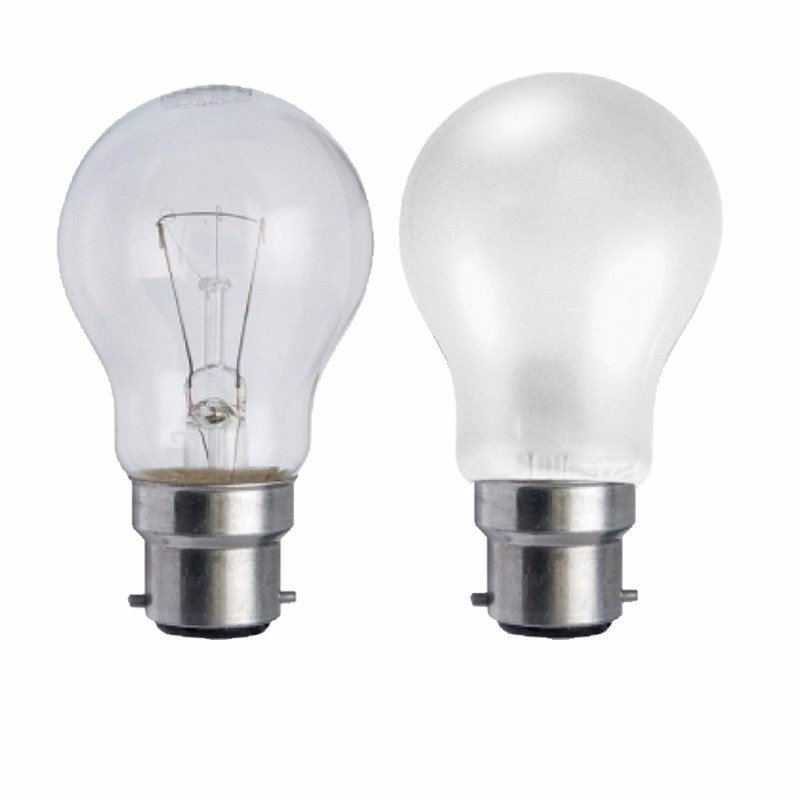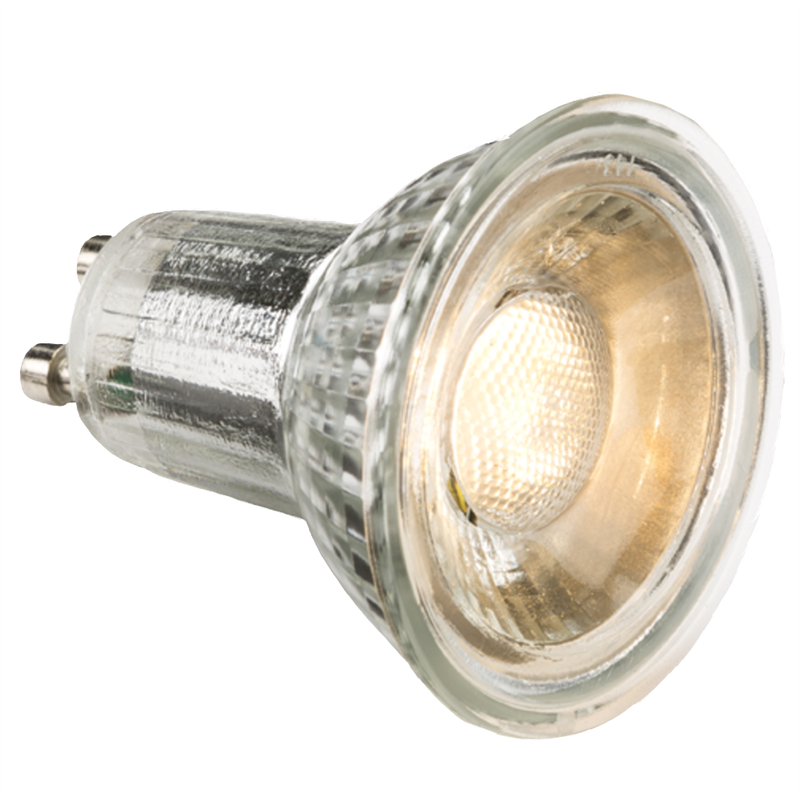
Bottom I consumption a big Electric power LED in my light fitting ?

A common question in replacing incandescent bulbs with LED equivalent and it just so happens that we make the answer, so read on.....
A lot of existing fittings will have markings which say max 40w, 100 watts etc
If the question is 'Can I use a 20 watt led bulb with 100 watt output in a light adjustment which says max 60 watts?' This is fine.
Usually the max wattage has to do with heat turnout of traditional bulbs more so than the afoot draw, but you should drive this into consideration and not presume you can put a high wattage in (only a higher output equivalent).
When it comes to replacement old incandescent bulbs with LED bulbs, a demotic question that  customers necessitate is: "Arse I use an LED that has a high electrical power equivalent than my fixture allows?" The simple serve is yes, A long as the LED bulb uses less wattage than your fixture.
customers necessitate is: "Arse I use an LED that has a high electrical power equivalent than my fixture allows?" The simple serve is yes, A long as the LED bulb uses less wattage than your fixture.
If you see a label which says "100-Watt Light-emitting diode equivalent" that does not mean that the electric-light bulb really uses 100 Watts, it means that it produces an amount of faint equivalent to a 100-Watt incandescent bulb. If your socket says not to exceed 60-Watts, it is referring to the dangers of high heat output associated with incandescent bulbs.
LED's however, do not emit dangerous levels of heat energy. Then, if your fixture says "non to exceed 60-Watts" but you want to use a 100-Watt equivalent weight LED bulb, it is safe to do information technology.
So, why ARE LED's so much more businesslike?
It's because they don't use direct heat to produce light. Incandescent bulbs give off a very much wider spectrum of radiation because they are heating metal every bit the source of light - they present off telescopic light but they also give out invisible radiation, such as Ultraviolet radiation and infrared radiation, and then they use more energy. LED's, on the else hand, give off only radiation from visible light which is a very much narrower spectrum, and this makes them a huge come more efficient.
How do I have intercourse if my LED bulb will be ringing plenty?
When dealing with LED bulb brightness, you deficiency to think in Lumens rather than Watts. Generally, an 800 Lm Light-emitting diode bulb produces the comparable amount of light as a 60-Watt incandescent light bulb.
If you want something even brighter, then for a 60-Watt repair you could use a 100W, 125W or 150W LED eq - they all use under 60-Watts. 150W LED bulbs get around 2,600 Lumens but uses solitary nearly 30-Watts. The significance of this is using a 150W LED in a 60W socket will give you threefold more smartness than the 60W incandescent bulb.
| Brightness in Lumens | 220+ | 400+ | 700+ | 900+ | 1300+ |
| Casebook | 25W | 40W | 60W | 75W | 100W |
| Halogen | 18W | 28W | 42W | 53W | 70W |
| CFL | 6W | 9W | 12W | 15W | 20W |
| LED | 4W | 6W | 10W | 13W | 18W |
How to choose the correct light bulb:
• Living room: 100–20 lumens per foursquare metre
• Dining room: 300–400 lumens per square measure
• Bedroom: 100–200 lumens per square metre
• Lavatory: 700–800 lumens per square metre
• Hallways: 50–100 lumens per square metre
• Kitchen (unspecialised lighting): 300–400 lumens per square metre
• Kitchen (task areas): 700–800 lumens per honest metre
• Laundry room: 700–800 lumens per second power metre
Still a trifle confused or do you simply get more questions? Then why non visit our Technical Department, where we give the sack help you;
1. Oeuvre out the bulb you compel
2. Work out the push savings
3. Lick the nest egg when crisscross comparing different bulb types
Our Subject Section can answer these plus many other questions you mightiness non even know you had!
Kitchen 2 X 40 Watts Wires Bulbs Transform in Ceiling Fan
Source: https://www.electricalworld.com/Mobile/en/Blog/Can-I-use-a-bigger-Wattage-LED-in-my-light-fitting-/m-bl-35.aspx
Post a Comment